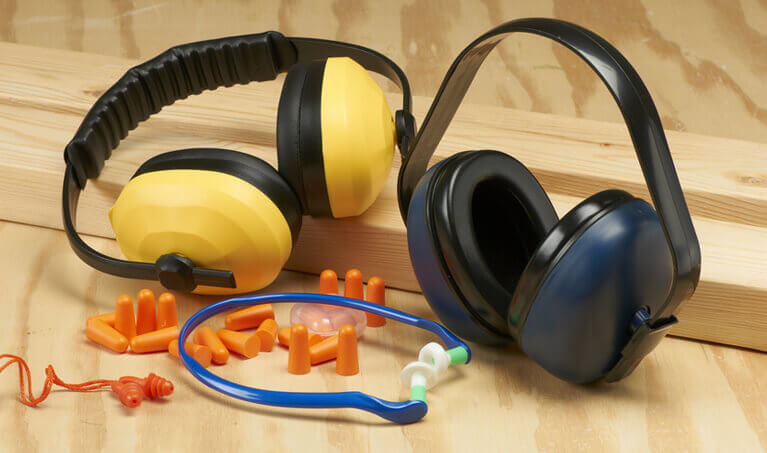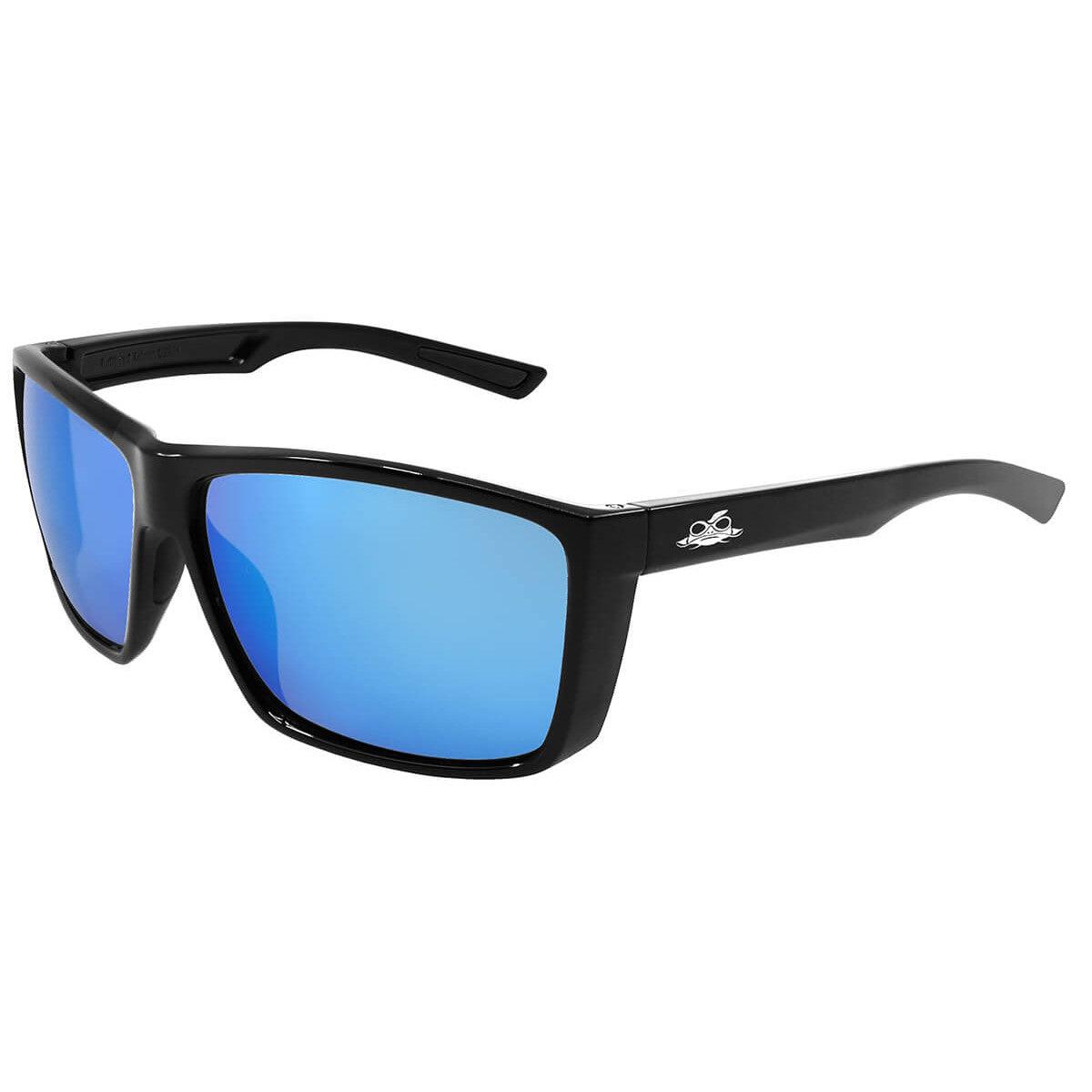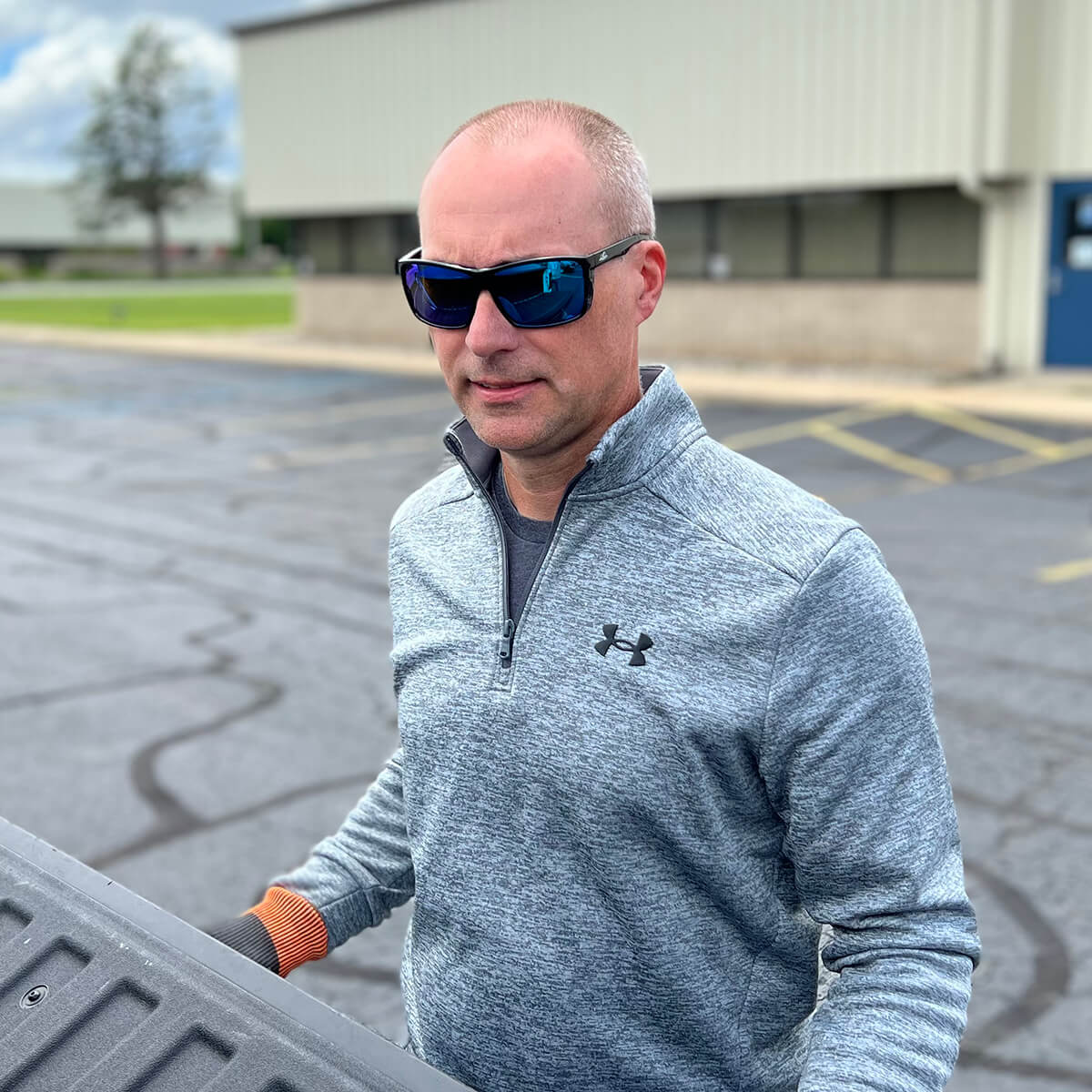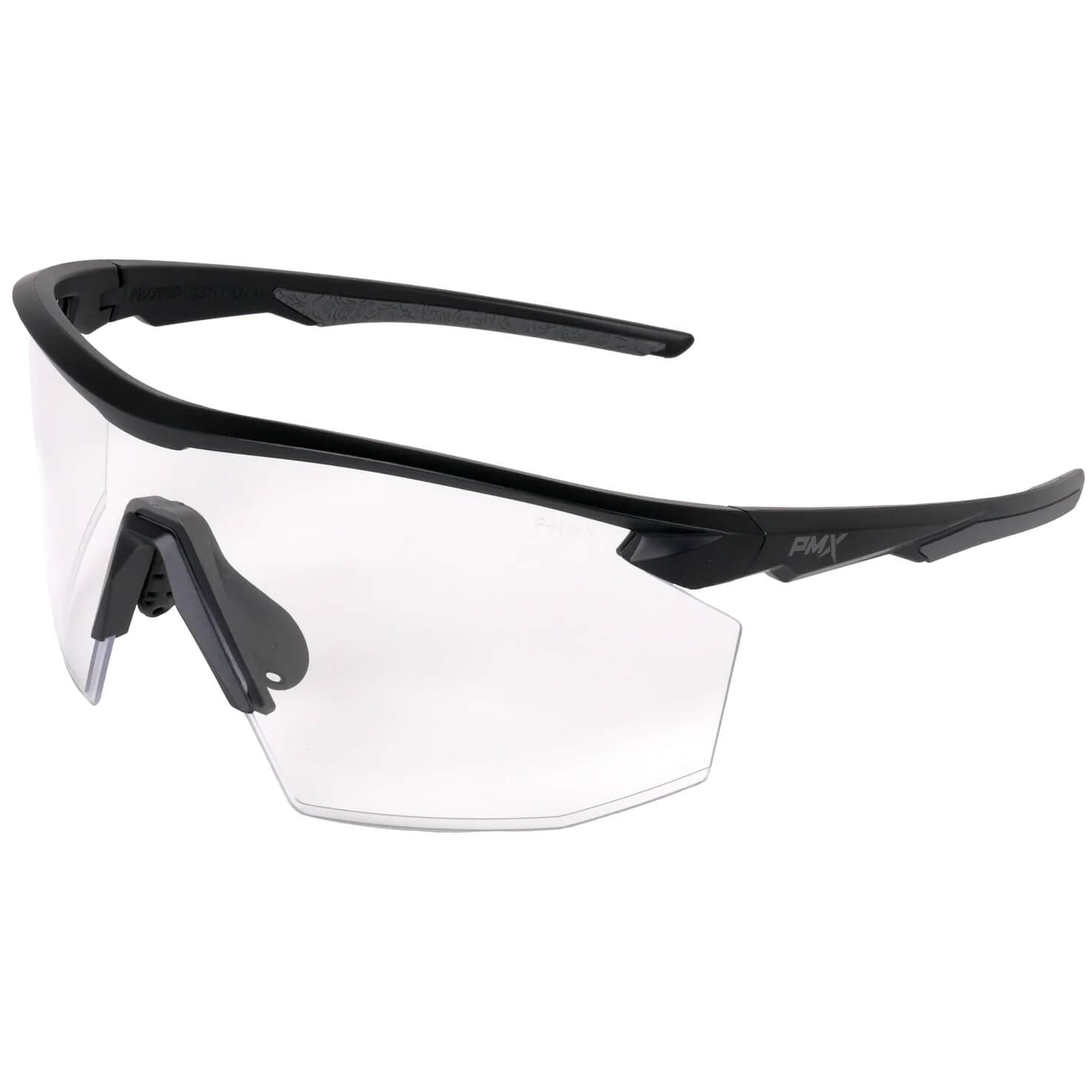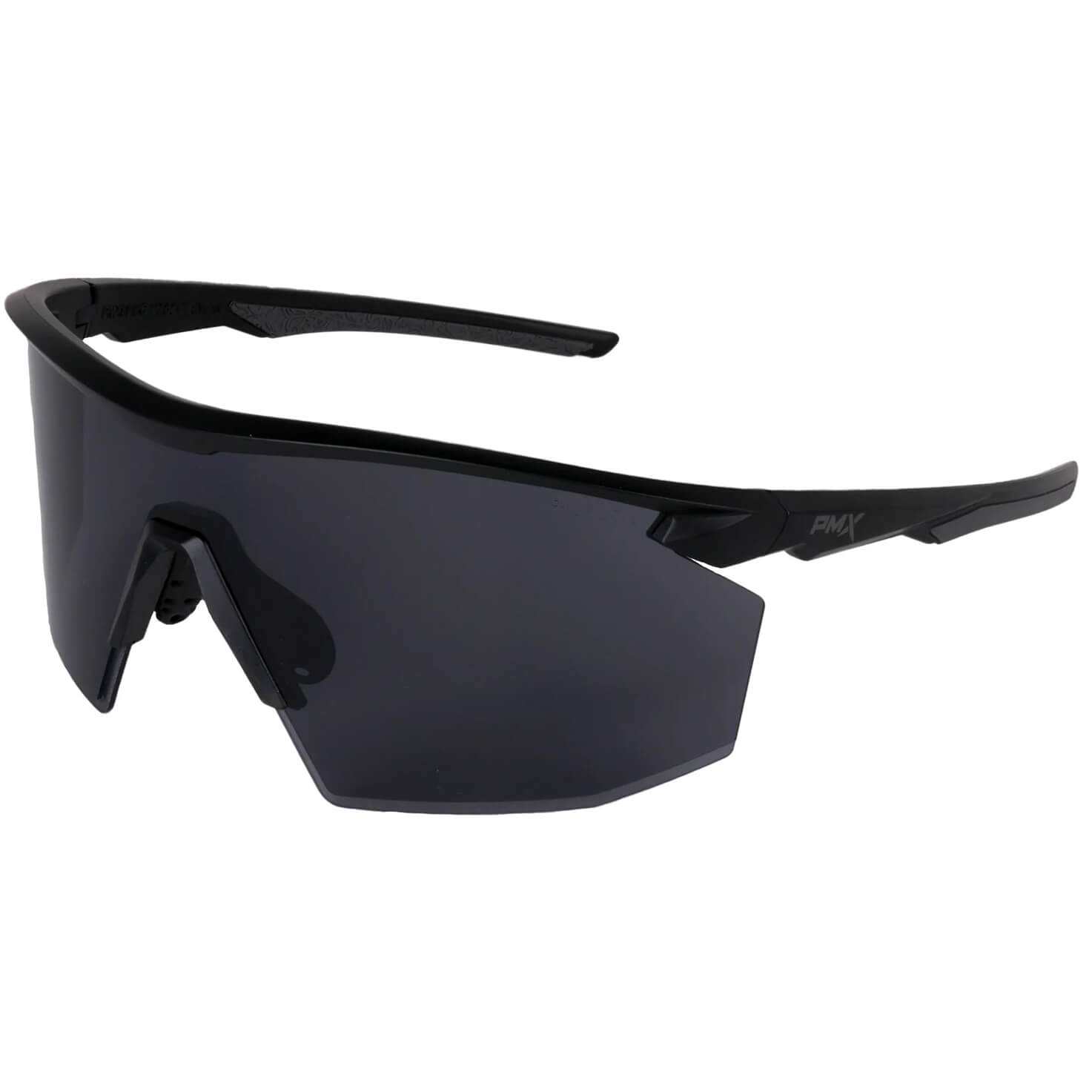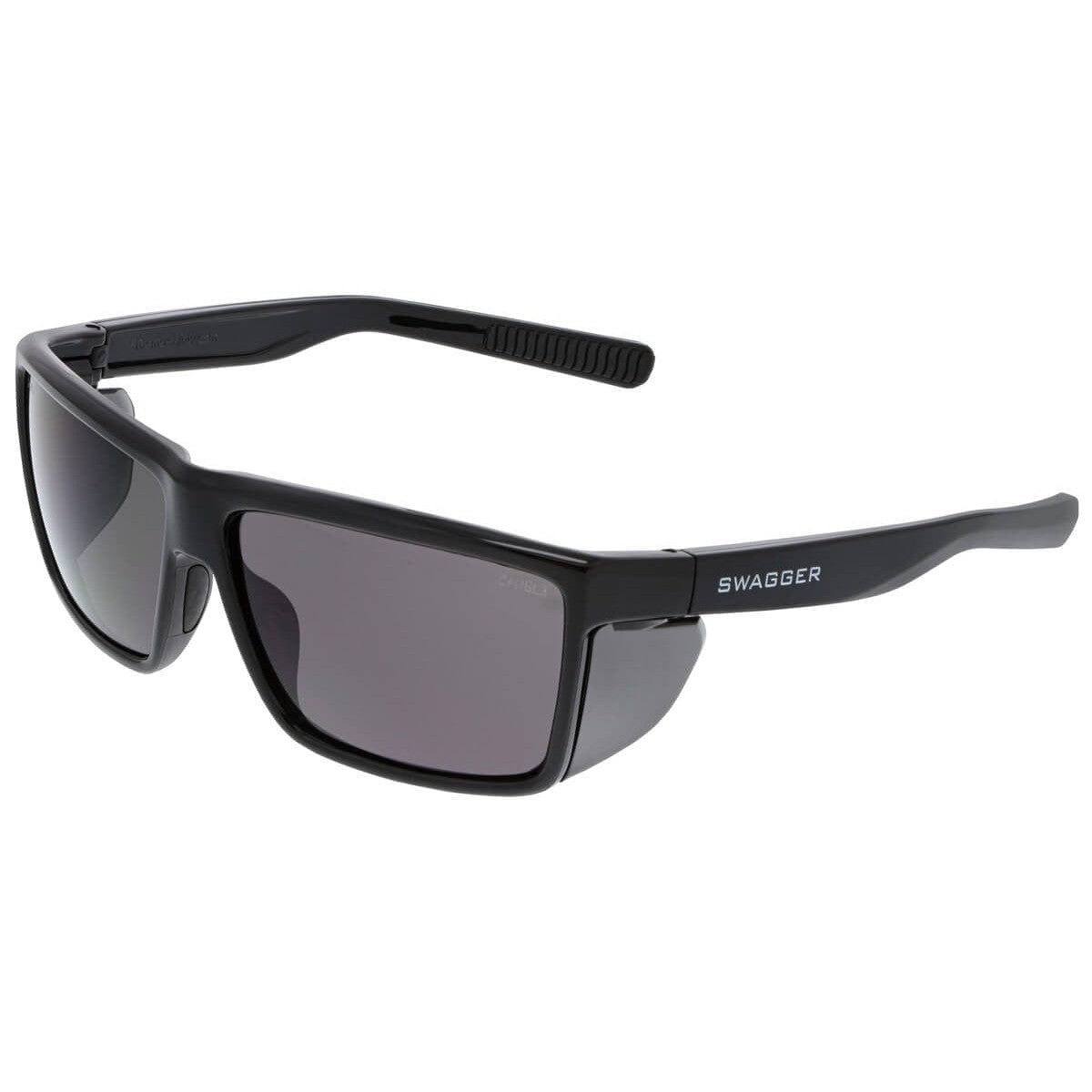Hear ye, hear ye!
While ye still can . . .
Hearing loss is irreversible!
That means preventing hearing damage is critical before it’s too late.
We hear when specialized hair cells in our middle ear convert sound waves into electrical signals and send them to our brain. Sounds that are too loud cause these hair cells to become overstimulated and die. The longer the exposure and/or the greater the noise, the more hair cells that die. As the number of living hair cells decreases, so does the ability to hear.
When Should You Wear Ear Protection?
The loudness of a sound is measured in decibels (dB) and relates to the degree of the pressure the sound waves create. The faintest sound the human ear can perceive is 0dB (a pin dropping is 10dB), and the maximum is 180dB. Normal conversation at 3.5 feet is about 60dB.
Experts agree that continual exposure to more than 85dB is dangerous. Knowing this, consider the following everyday sounds and how they might impact hearing.
- Shop tools and truck traffic are approximately 90dB
- Power mowers, chainsaws, pneumatic drills, and snowmobiles are each just over 100dB.
- Sandblasting, power saws, and rock concerts are approximately 115dB.
- A gun blast and a jet engine are examples of 140dB.
At the 140dB level, even short-term exposure can cause permanent damage. In fact, 140dB is the loudest recommended noise exposure with hearing protection. Instantaneous death of hearing tissue occurs at 180dB (a rocket launch, for example).
Appropriate hearing protection is essential. However, improper fit greatly reduces effectiveness as does only wearing protection part of the time during noise exposure. Finding the right kind of hearing protection and committing to wearing it correctly and consistently is crucial for preventing hearing loss.
What Types of Hearing Protection are Available?
There are two main kinds of hearing protection:
- Earplugs come in a multitude of styles and are inserted into the ear canal to block incoming noise. Styles include corded and cordless, pre-molded or moldable, and disposable or reusable. Banded earplugs (also called semi-insert ear plugs) consist of two earplugs connected by a rigid headband. Regardless of style preferred, ear plugs are the most comfortable for hot, damp work areas; plus, they’re simple to use, economical and effective.
- Earmuffs are made of noise-suppressing materials, soft cushioning that encompasses the entire ear and a hard outer shell. They are held in place by a band which either goes over the top or around the back of the head. Electronic earmuffs are available with features such as radios, microphones, and impulse filters for sudden loud noises like gunfire. Overall, earmuffs provide greater protection than earplugs; plus, they’re easier to fit, are generally more durable and have replaceable parts.
How Do You Choose the Right Hearing Protection?
The choice of hearing protection is a personal one and depends on a number of factors including fit and comfort. Most importantly, the type of protection depends on your noise reduction needs.
If the noise is intermittent, earmuffs are a better choice since continually removing and re-inserting earplugs can be inconvenient. In areas where noise levels are very high, however, wearing earmuffs and earplugs together offers the most protection possible.
Choosing the right hearing protection involves understanding Noise Exposure in the Workplace as well as the basics of hearing safety. Take the time to educate yourself about how to prevent hearing damage with proper hearing protection before it's too late.

